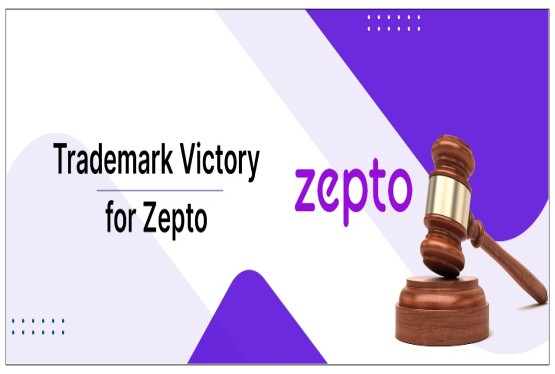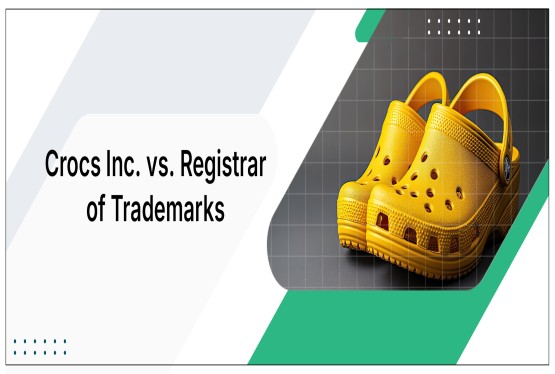With the rise of intellectual property rights and their significance in the business world, the need for proper trademark management has become a necessity. One such element of trademark management is the rectification of trademarks. This article aims to shed light on the process and importance of Rectification of Trademarks, especially focusing on the Indian context.
Understanding Trademark Rectification
Trademark rectification refers to the process of correcting or amending the details of a registered trademark in the official register. This rectification can be done to correct any errors or omissions in the registration, update the details of the trademark owner, or modify the scope of protection of the trademark.
The rectification process is governed by the Trademarks Act, 1999, and the rules and regulations prescribed thereunder. Trademark rectification can be initiated by the trademark owner or any interested party by filing an application with the appropriate authority, which is usually the Registrar of Trademarks. The application must provide the necessary evidence and arguments to support the requested rectification. The Registrar will then examine the application and may issue a notice to the concerned parties for their response. After considering all the submissions and evidence, the Registrar will pass an order either allowing or rejecting the rectification application.
The grounds for initiating a trademark rectification could range from breach or failure to observe a condition of the trademark already entered in the Register or an error in registration of the trademark. In addition, a rectification application can also be filed if the trademark hasn't been used for a prescribed period after its registration.
Legal Framework for Trademark Rectification in India
The Indian Trade Marks Act, 1999, provides the legal framework for the Rectification of the Register of Trademarks in India. Particularly, Section 57 of the Act outlines the grounds for the rectification process:
-
Contravention or failure to observe a condition entered in the Register in relation to the trademark's registration.
-
Absence or omission of an entry, such as a disclaimer, a condition, or a limitation on the registered mark.
-
Entry made in the Register without any sufficient cause, such as registration obtained by fraud or misrepresentation of facts.
-
Error or defect in any entry made in the Register.
-
The wrongful existence of the mark on the Register, for example, it contravenes some of the Act's provisions or is likely to cause confusion among the public.
-
Non-payment of the renewal fee.
Filing an Application for Trademark Rectification
The application for rectification of a registered trademark should be filed at the same Trade Marks Registry where its registration application was initially filed. The application should be made duplicate on Form TM-O (in the case of a collective mark or a certification mark), accompanied by a statement of the case, explaining the applicant's interest, the facts upon which the case is based, and the relief sought.
Please note that although the Registrar of Trademarks has the power to entertain rectification petitions against registered trademarks, if an infringement suit is pending before a civil court and the defendant in the suit is contesting the plaintiff's trademark's validity, the power to hear applications for rectification vests only with the Intellectual Property Appellate Board (IPAB), and not with the Registrar.
JURISPRUDENCE ON TRADEMARK RECTIFICATION IN INDIA
-
Intellectual Property Attorneys Association v. Union of India & Anr.(2014 SCC ONLINE DEL 1912, Delhi High Court, 2014): This case dealt with the provision of Section 22 of the Trademarks Act, which empowers the Registrar to rectify the register in certain circumstances. The court held that the power vested in the Registrar under Section 22 is quasi-judicial and that the Registrar must act in accordance with the principles of natural justice while deciding rectification applications. The Court further held that the Controller General has no statutory role in the registration process and that the impugned Clause 3 was struck down. The Registrar of Trademarks is directed to decide applications for amendment to the application for registration of trademark on a case-by-case basis.
-
Hamdard National Foundation v. Abdul Jalil (Delhi High Court, 2008): This case addressed the issue of delay and laches in filing an action for trademark rectification. The court held that delay alone cannot be a defense, but if there has been non-use of the trademark for a long period of time, it may affect the validity of the registration and the claim for rectification.
-
Hyundai Corporation v. Rajmal Ganna (Delhi High Court, 2007): In this case, the court clarified that the rectification of trademark registration is a separate proceeding from an action for infringement or passing off. The court found that the plaintiff has been using the trademark Hyundai since 1976 and that it has exclusive proprietary rights over the trademark. The court also found that the defendant was infringing on the plaintiff's registered trademark and copyright in the artistic work in the pouches, tins, boxes, and cartons. The court rejected the defendant's claim of prior use of the trademark Hyundai as the plaintiff had placed an advertisement dated 1st April, 1979 in the trademark journal of an application made by the Hyundai Motor Company. The court also found that it has territorial jurisdiction to entertain and adjudicate upon the subject matter of the suit.
Preventing Trademark Rectification in India
A trademark owner can adopt several measures to prevent rectification or cancellation of their trademark in India:
-
Regular renewal of the mark.
-
Preserving the mark's distinctive character and ensuring it doesn't become deceptive.
-
Keeping the mark in use and avoiding non-use for a period exceeding five years and three months from the date of registration.
Conclusion
Rectification of Trademarks plays a critical role in the maintenance of the integrity of the Register of Trademarks. It serves as a corrective measure to ensure that only those trademarks that meet the prescribed criteria continue to enjoy the benefits of registration. For any assistance regarding trademark rectification in India, it is highly recommended to consult with experienced trademark attorneys or trademark experts.
While the process might seem complicated, trademark experts can help make it easier. Do not hesitate to get in touch with us if you have any questions at info@ccoffice.in or connect at 9988424211. We have in-house team of industry veterans who have seen thousands of such cases of trademark objection and can also help you to protect your IP.
FREQUENTLY ASKED QUESTIONS
-
What is trademark rectification?
Trademark rectification involves correcting or amending details of a registered trademark in the official register. This could include fixing errors, updating ownership details, or modifying the scope of protection.
-
Who can initiate trademark rectification in India?
Trademark rectification in India can be initiated by the trademark owner or any interested party by filing an application with the Registrar of Trademarks.
-
What are the grounds for initiating trademark rectification in India?
Grounds for trademark rectification in India include contravention of conditions in the register, absence or omission of necessary entries, registration obtained by fraud, errors or defects in entries, wrongful existence of a mark, and non-payment of renewal fees.
-
What is the legal framework for trademark rectification in India?
Trademark rectification in India is governed by the Indian Trade Marks Act, 1999, particularly Section 57, which outlines the grounds and procedures for rectification.
- Can trademark rectification be filed during ongoing litigation?
If an infringement suit is pending and the validity of the trademark is contested, rectification applications must be filed with the Intellectual Property Appellate Board (IPAB) and not with the Registrar of Trademarks.
-
How does delay affect trademark rectification?
While delay alone may not be a defense, non-use of the trademark for an extended period can affect the validity of registration and the claim for rectification.
-
What measures can trademark owners take to prevent rectification in India?
To prevent rectification, trademark owners should regularly renew their marks, preserve the mark's distinctive character, ensure it remains in use, and avoid non-use for an extended period after registration.
-
How can one seek assistance with trademark rectification in India?
Consult experienced trademark attorneys or experts for assistance with trademark rectification. They can provide guidance and support throughout the process. You can contact Compliance Calendar for any help, we’ll be more than happy to assist you.






























_(b)_of_the_Trademark_Act,_1999_(1)_crop10_thumb.jpg)



_crop10_thumb.jpg)



























_crop10_thumb.jpg)
_crop10_thumb.jpg)







_crop10_thumb.jpg)








_crop10_thumb.jpg)



_crop10_thumb.jpg)





























_crop10_thumb.jpg)

















_crop10_thumb.jpg)






_crop10_thumb.jpg)












































































































































_crop10_thumb.jpg)




































_crop10_thumb.jpg)












_crop10_thumb.jpg)





























